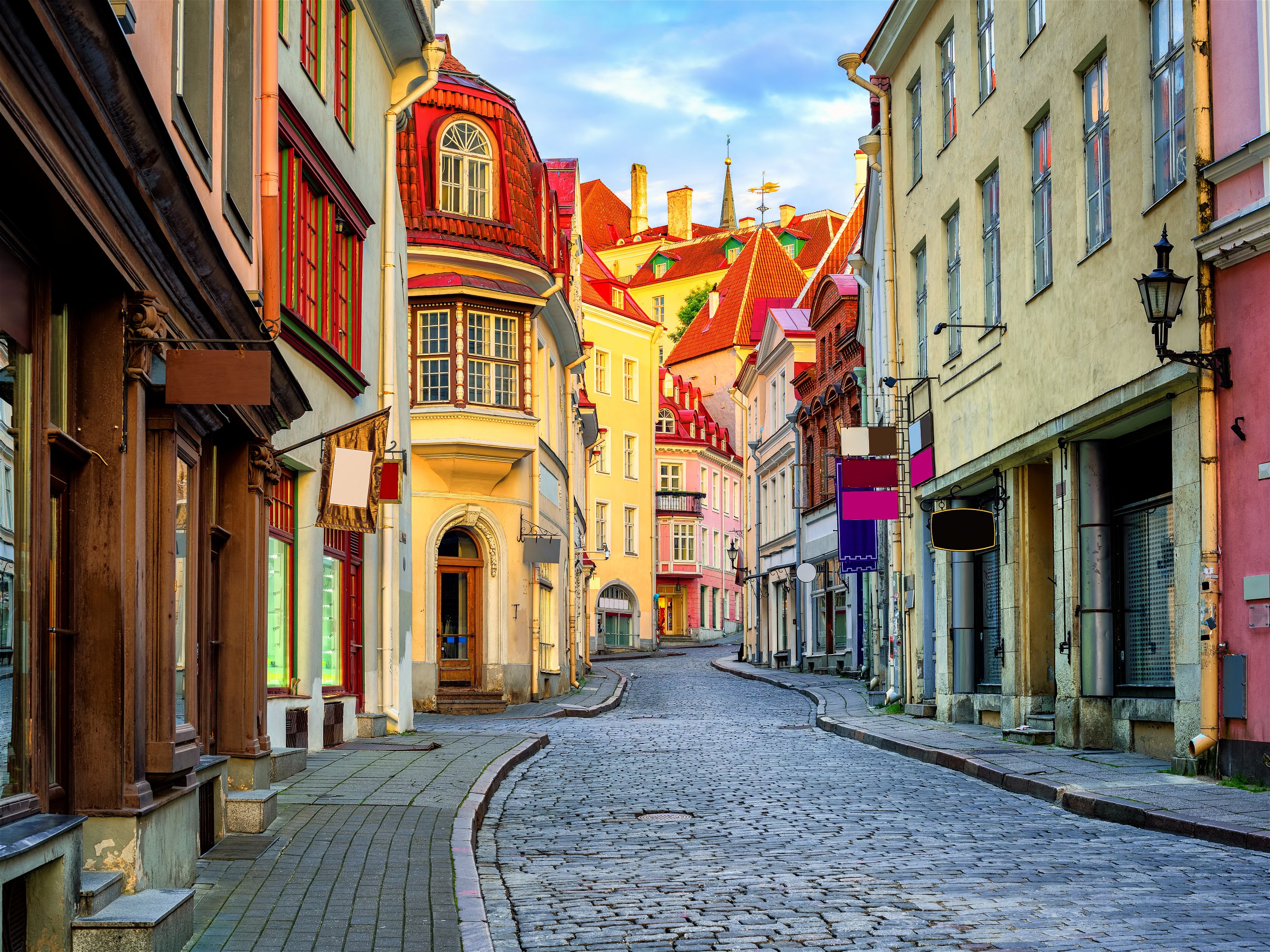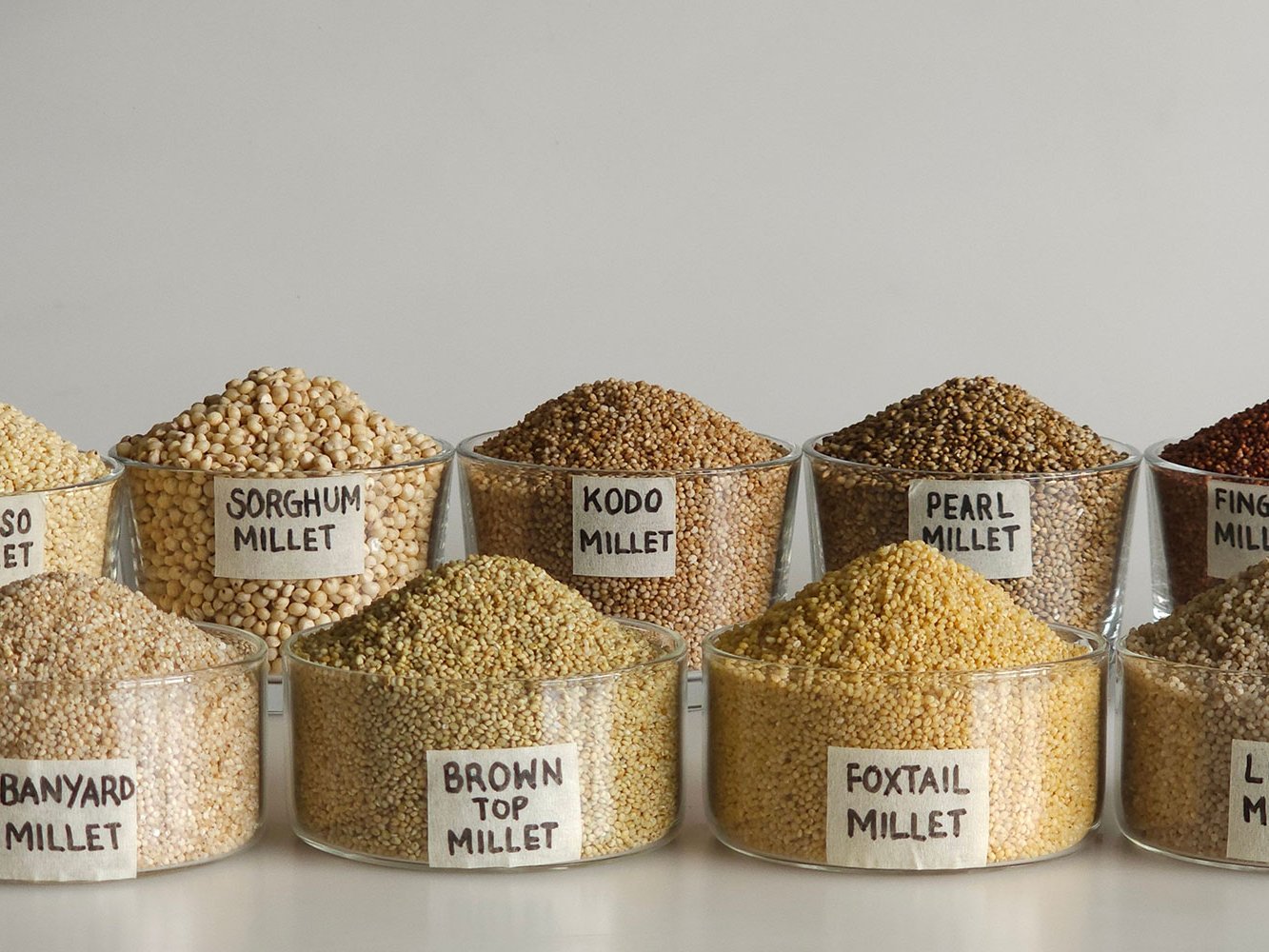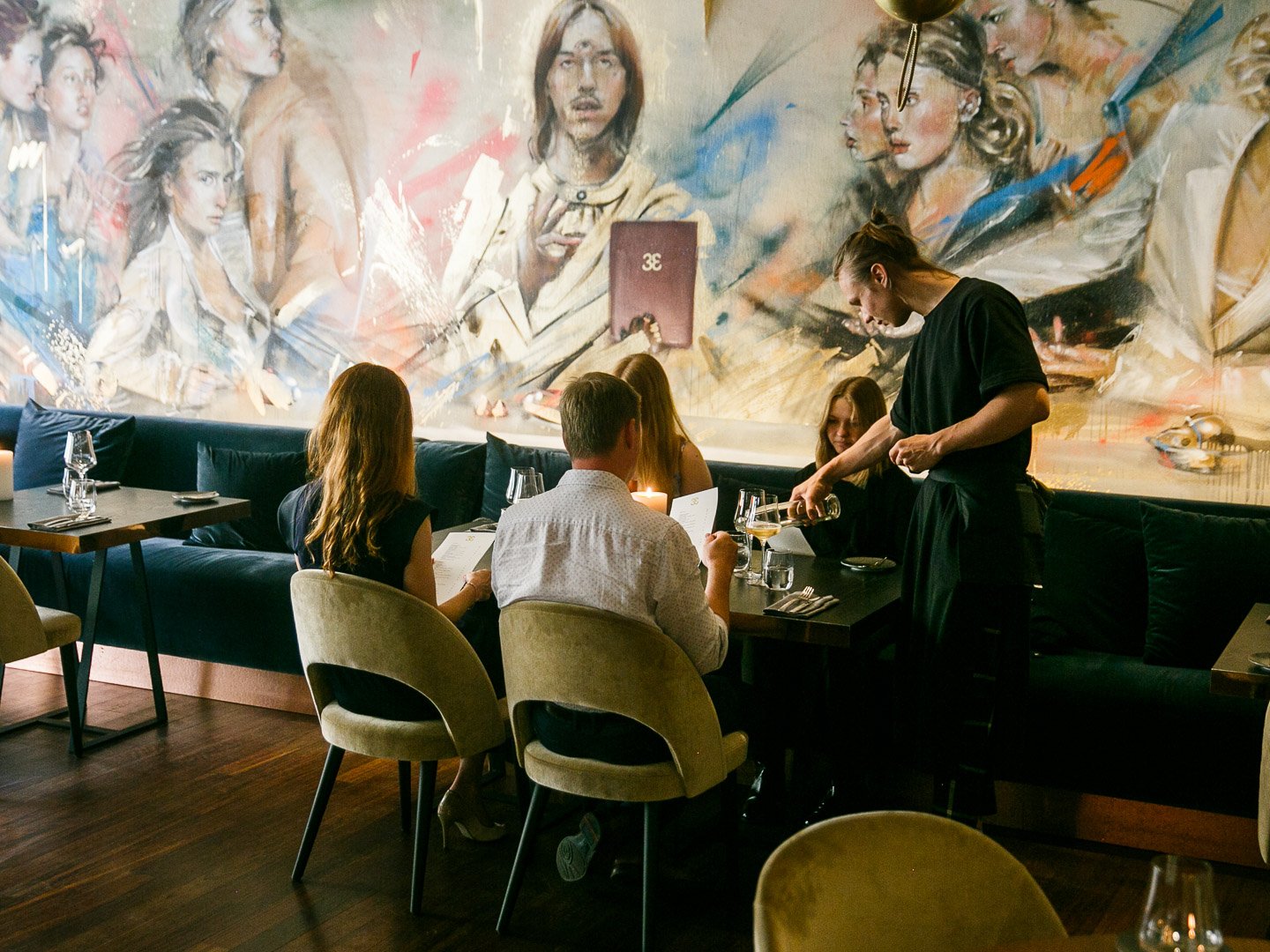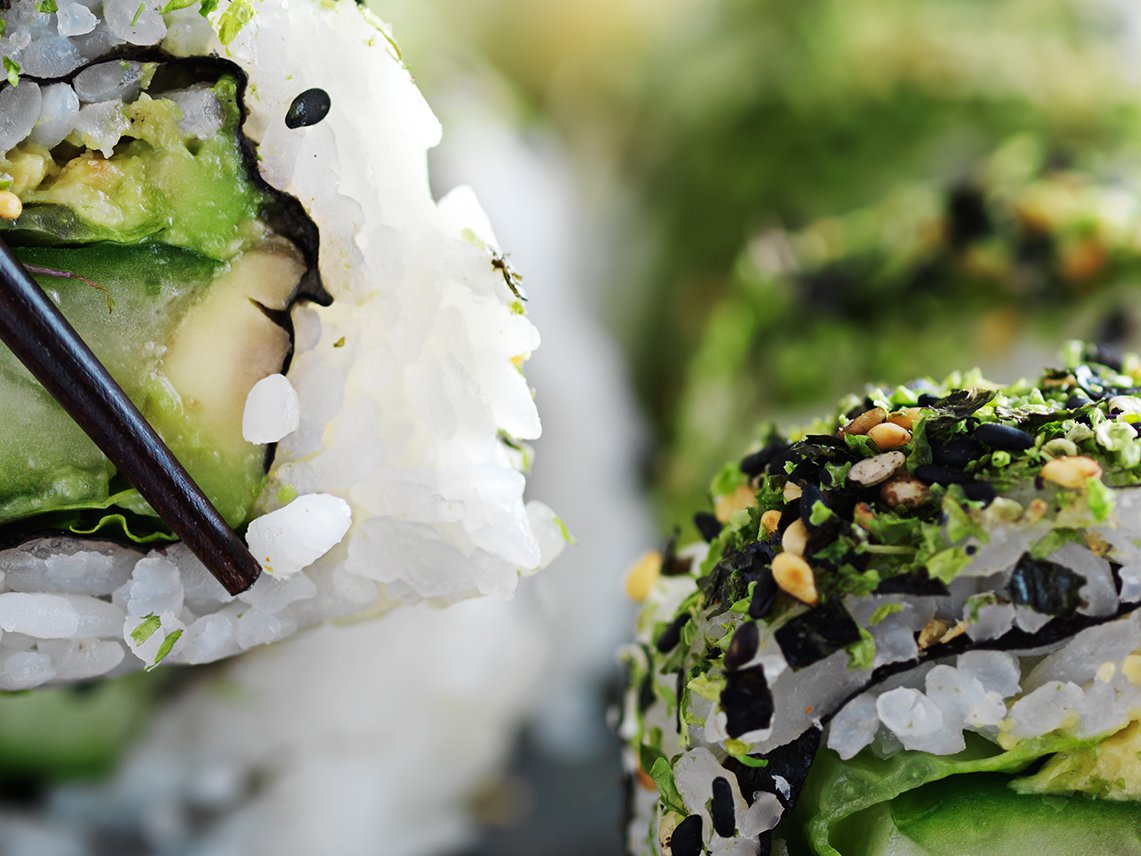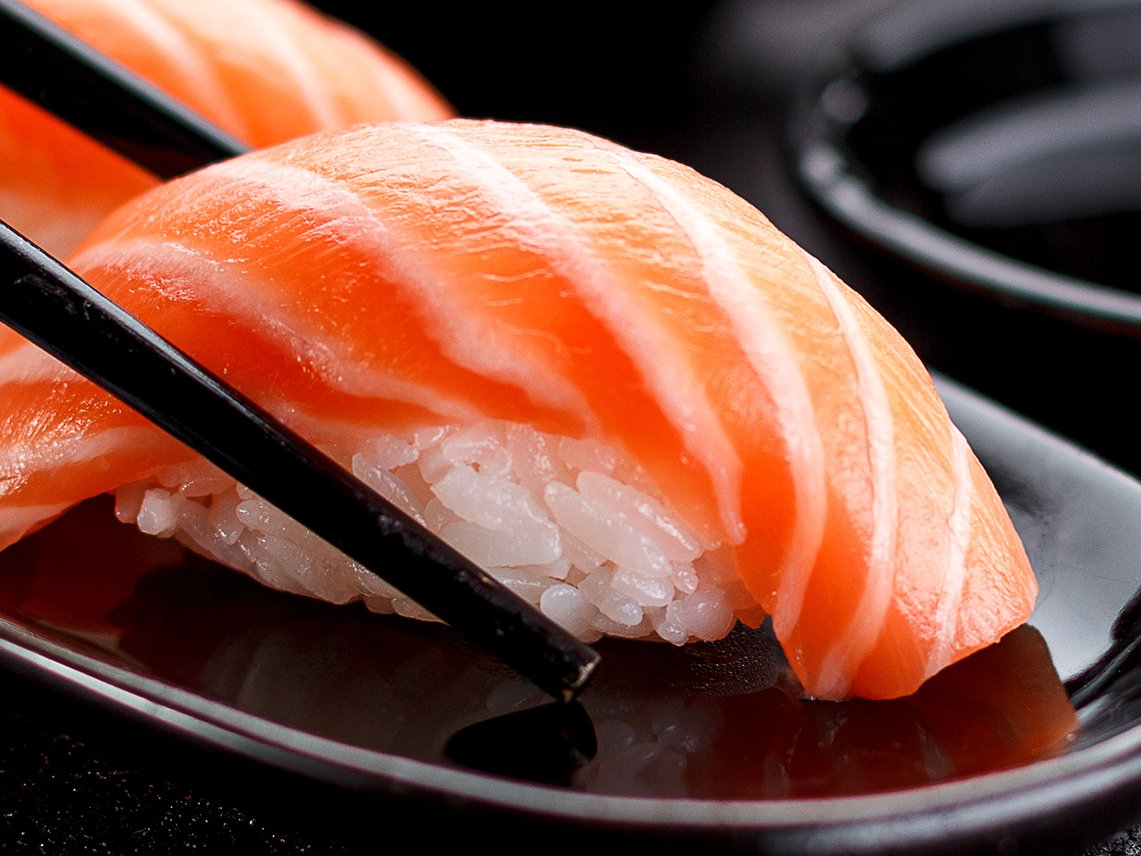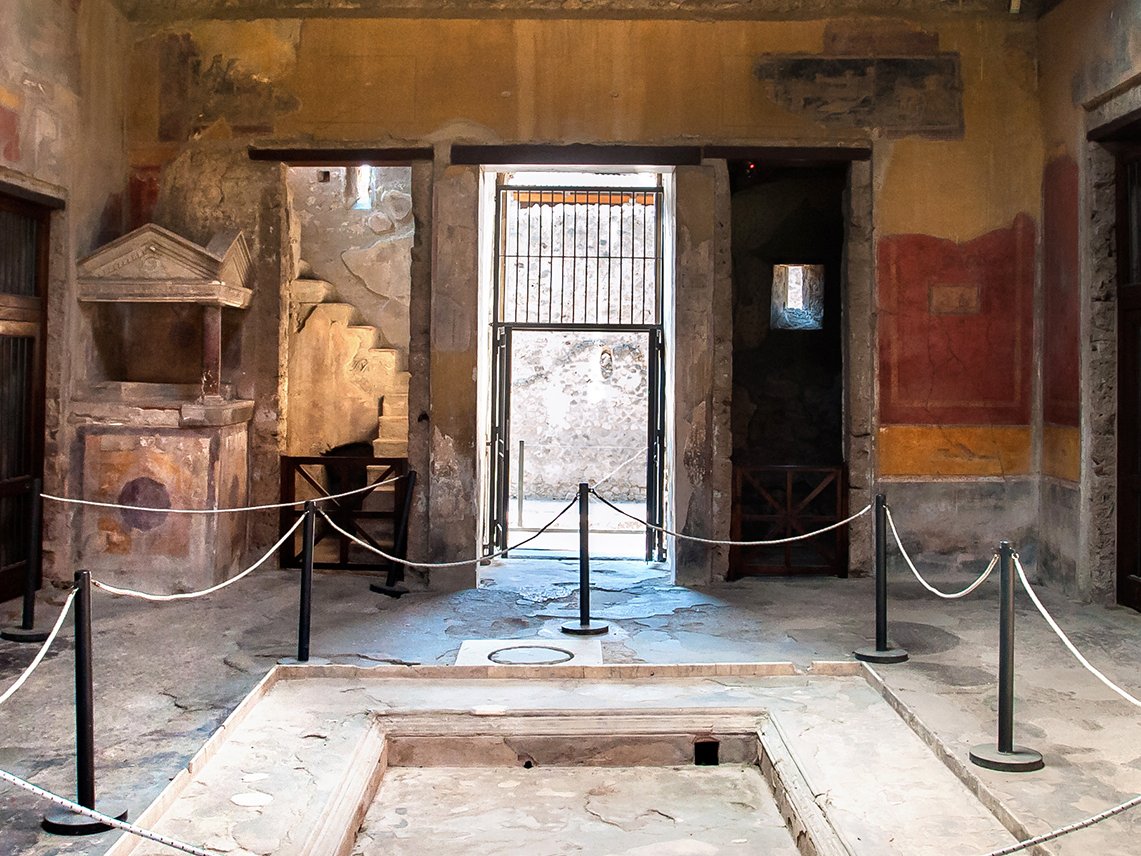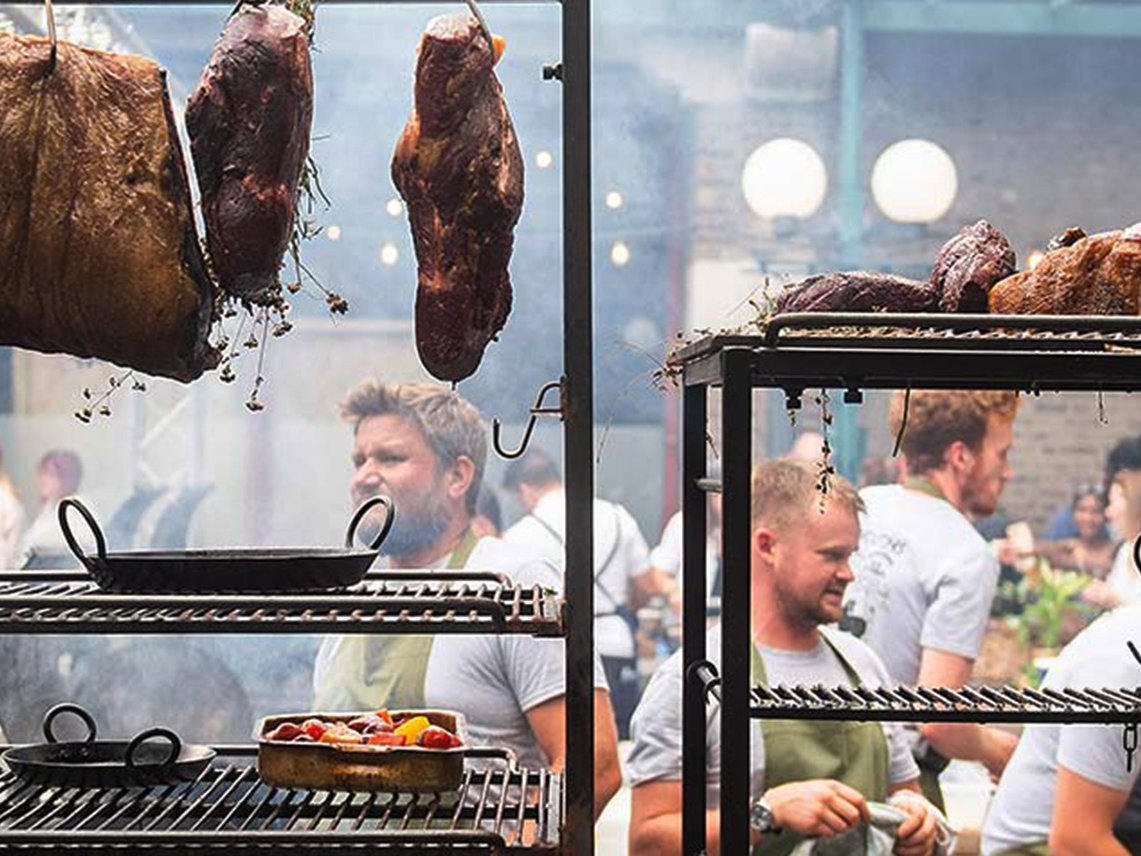Pablo Picasso: Even a Cooking Pot Can Scream
Pablo Picasso loved to spend his time painting and writing in kitchens and bars. And his works show how the Spanish painter was inspired by everyday objects such as spoons, tablecloths and sugar bowls.
The talent of his son Pablo did not remain hidden from José Ruiz Blasco for long. When he saw the three-year-old making his first attempts at painting in the kitchen, he immediately recognised that his boy was exceptionally talented. Picasso's father could be relied upon to judge his ability, as he was himself a painter and drawing teacher at the art school in Málaga. When Pablo was seven years old, his father began to teach him. The little boy never lacked zeal and self-confidence. Picasso later said he was able to draw like Raphael at a very early age. His father's works, however, did not impress him: "My father painted pictures for dining rooms; partridges or pigeons and rabbits: fur and feathers were on them, birds and flowers his speciality," he told his friend Jaime Sabartés. This was one reason why Pablo later decided he would no longer sign his paintings "P. Ruiz", only with "Picasso", his mother's maiden name.
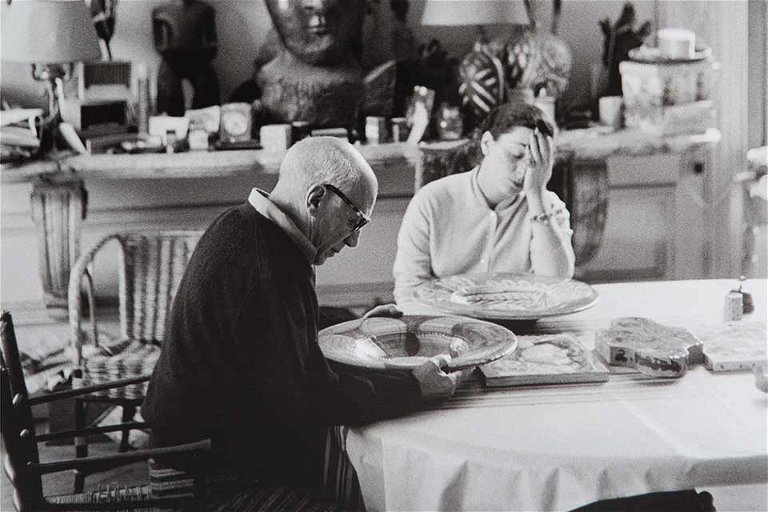
Culinary imprint
Picasso also greatly appreciated his mother's cooking. He recorded some of her recipes in his Écrits. For example, baba, or small cakes fried in oil. Picasso's declarations of love could also have a culinary touch. When he was courting his then neighbour Gaby in February 1916, he made a drawing of his childhood kitchen for her and wrote underneath: "Distract yourself and look at the little dining room. I will be very happy with you. Je t'aime, je t'aime, je t'aime..."
In 1895 the family moved to Barcelona. Although Picasso was only 14 years old, he easily passed the entrance exam for the art academy La Llotja. There he became friends with student Manuel Pallarès, the son of wealthy farmers from the small village of Horta. The two remained close throughout their lives. When Pablo fell seriously ill with scarlet fever in 1898, Manuel invited him to spend a few days at his home in the mountains of southern Catalonia to regain his strength. The days turned into half a year. The rural life in the mountains excited Picasso and inspired him – not just artistically. He worked in the fields, cared for animals, helped with the olive harvest and experienced how oil was pressed from the fruit. The region's simple cuisine also appealed to him. In his notes, he remembered the large pans of egg-and-potato, dried vegetables, butifarras and sobrassadas (sausages), but above all the many variations of rice: "Grainy rice, creamy rice, fat rice, rice pudding, rice soup, rice in vegetable soup and cooked with a few strands of saffron." The colour saffron also characterises many of the paintings he created Quiquet’s Farmhouse, Woman with Loaves and Still Life with Porrón.
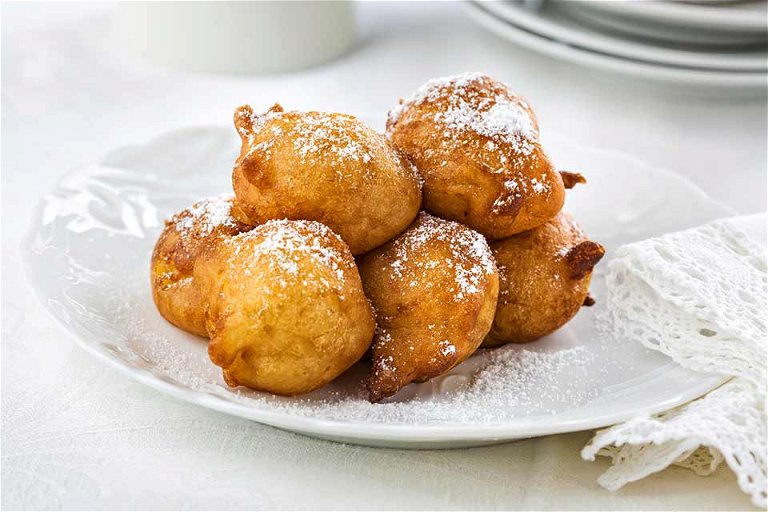
Well recovered, Picasso found himself back in Barcelona in the spring of 1899 and began to enjoy spending time at Els Quatre Gats (The Four Cats) on Carrer de Montsió. The café bar was a meeting place for young modernist artists such as Ramon Casas, Miquel Utrillo and Santiago Rusiñol. The landlord, Pere Romeu, quickly took notice of his talented guest and asked Picasso to draw new posters for his restaurant and the menus. The restaurant was in desperate need of sprucing up, as the portions were small and the food average. "More than a restaurant, it was an exhibition of painted dishes, a miniature kitchen more suited to a kindergarten. The portions were tiny, bordering on the ethereal," wrote the literary figure Josep Pla. Picasso often left the Quatre Gats hungry, but he put up with it. Finally, in February 1900, Pere Romeu gave him the opportunity to organise his first solo exhibition there. It consisted of portraits of the restaurant's prominent visitors. Since Picasso had no money, he pinned the pictures on the walls without frames. The regulars came to admire them anyway. And what they saw, they liked. After the exhibition ended, Picasso was able to lease his first studio.
There is no doubt about it: the many encounters in the bars and restaurants of Barcelona shaped the painter's view of the world. Cubism, the style of which Picasso is considered the founder, was born in bars and kitchens, as he later said. That is why his work is full of the simplest things in life. "A spoon for a glass of absinthe, a bottle of Anís del Mono, a restaurant sign, wine, raw ham, a fattened chicken. This demystification of painting glorifies everyday life and shows the taste of real life," according to the artist.

Political resistance
Not only was Cubism born in bars and kitchens, Picasso's little-known literary work also began right here. The Spaniard preferred to write at the kitchen table, sometimes on napkins. In his poems and his play How to Grab Wishes by the Tail, spices, aromas and colours are omnipresent, and the dishes of his childhood are cooked from tomatoes, peppers, eggs, chorizo, artichokes and leeks. Picasso wrote this surrealist drama in Paris in 1941. The city was occupied by the Germans and Spain, his homeland, had Franco-imposed fascism through a bloody civil war. In March 1944, it was performed in the flat of the gallery owner Louise Leiris. It was directed by the writer Albert Camus and the actors included the writer couple Simone de Beauvoir and Jean-Paul Sartre. The audience, an illustrious round of artists and intellectuals, understood its presence as a demonstration of political resistance.
During the war years, when food was scarce in Paris, Picasso often devoted himself to culinary motifs: fruit bowls, sausages, fish and shellfish can be found in his still lifes, which are often kept dark. Also chairs, tables with blue checked tablecloths, knives and forks. Some of his paintings are reminiscent of Spanish inns, which Picasso missed so much. He suffered and rebelled – in his own way – against the political regime. "You see," he told his friend, the resistance fighter Pierre Daix, "even a cooking pot can scream. Everything can scream."
No sooner was the war over than Picasso moved to the south of France to forget the traumatic years. In Vallauris he visited a pottery workshop and was fascinated by all that could be created from earth, water and fire. From then on, he devoted himself passionately to pottery and the art of ceramics. As in cooking, he said, the right ingredients were the key and their relationship to each other determined the quality. Enthusiastic about Mediterranean cuisine, he painted his plates and pots with fish, melons, aubergines and bread. He particularly liked to eat the finger-shaped bread rolls that were available in Vallauris. This flattered the village bakers. It wasn't long before the little baguettes came to be called "Picassos". A fitting tribute to one of the 20th century's greatest artists and his inspirations.
Picasso's childhood
When Picasso was ten years old, his family moved to La Coruña in north-western Spain, where his father had accepted a position as an art teacher at the College of Fine Arts. But the boy did not forget Málaga and his birthplace, as many of his drawings and paintings show. He especially missed the cosy kitchen where he had spent hours watching his sisters and mother cooking. In 1896 he painted his mother Maria in the kitchen in Málaga and his sister Lola cutting a cake in 1899. Pablo had great respect for Maria and the feeling was mutual. "When I was a child, my mother said to me: 'If you are a soldier, you will become a general. If you are a monk, you will become the Pope.' Instead, I was a painter and became Picasso," the artist recounted in 1940.



